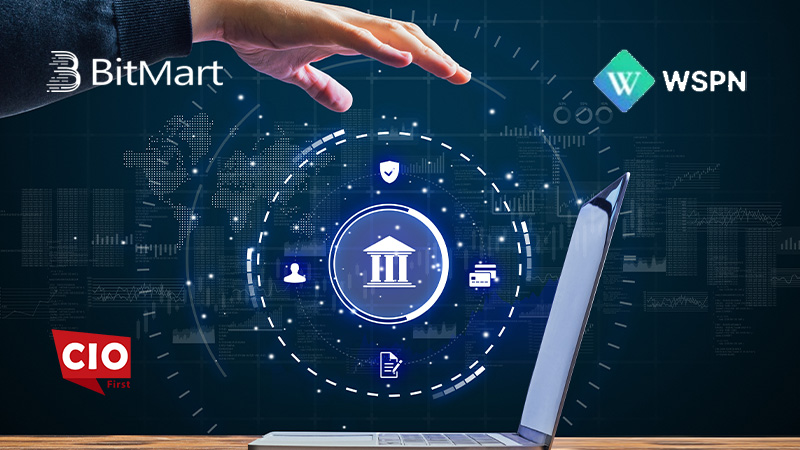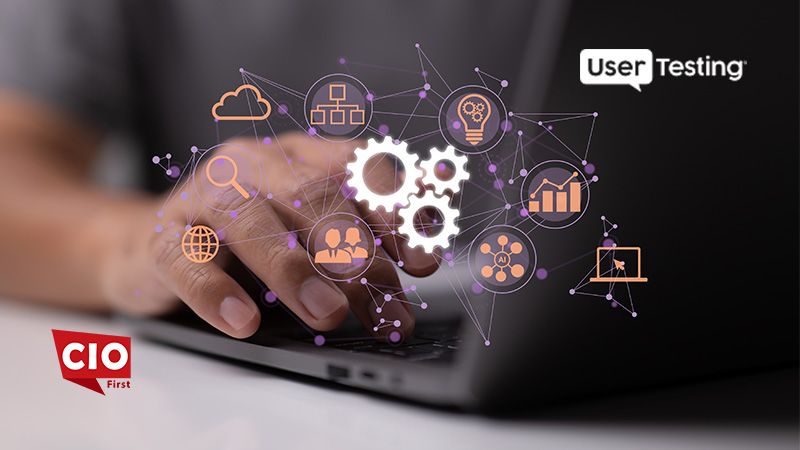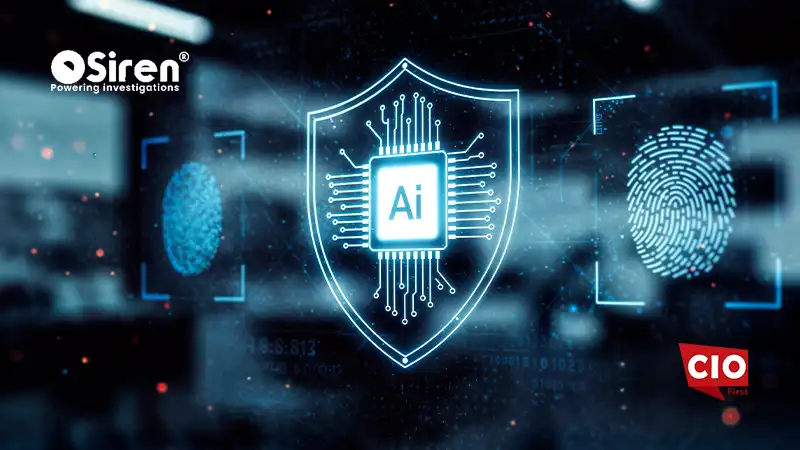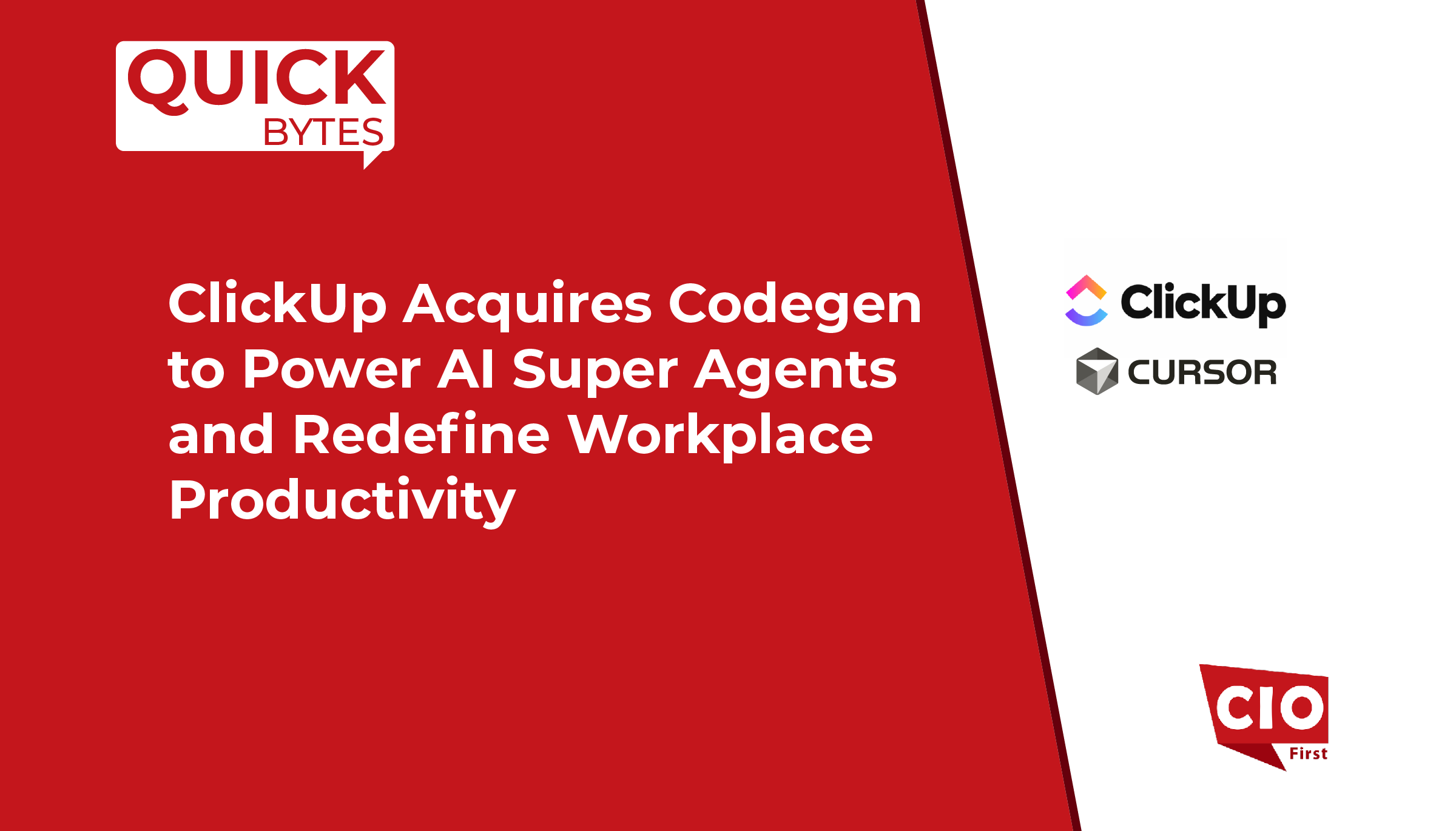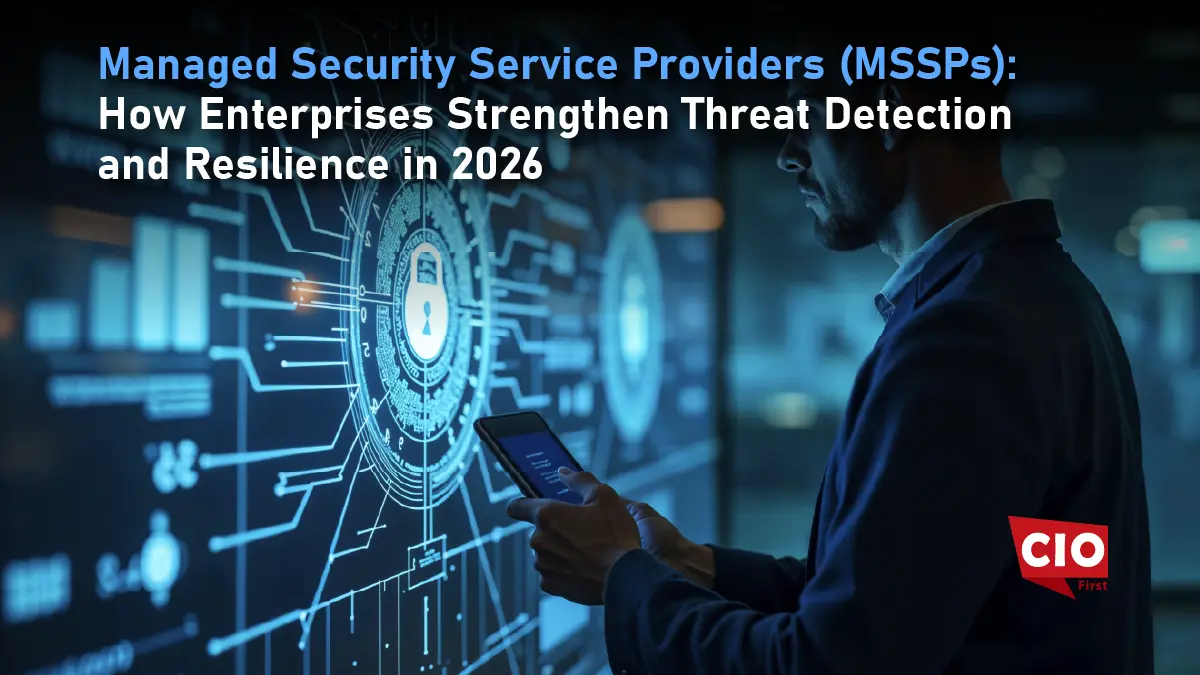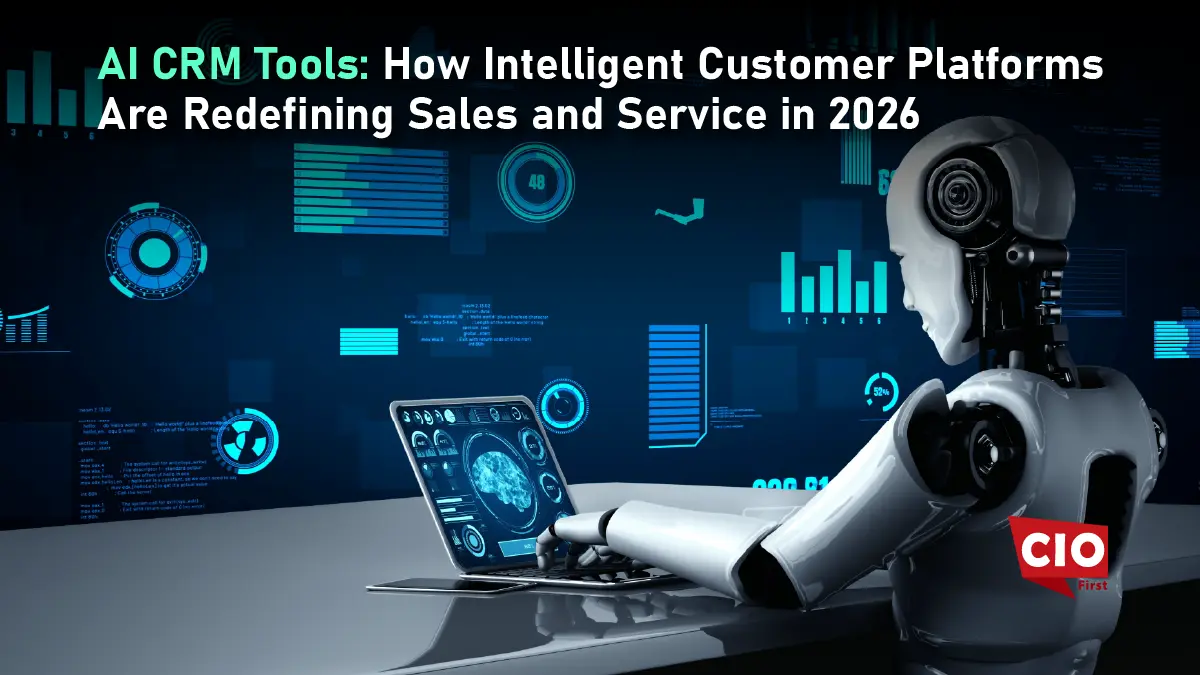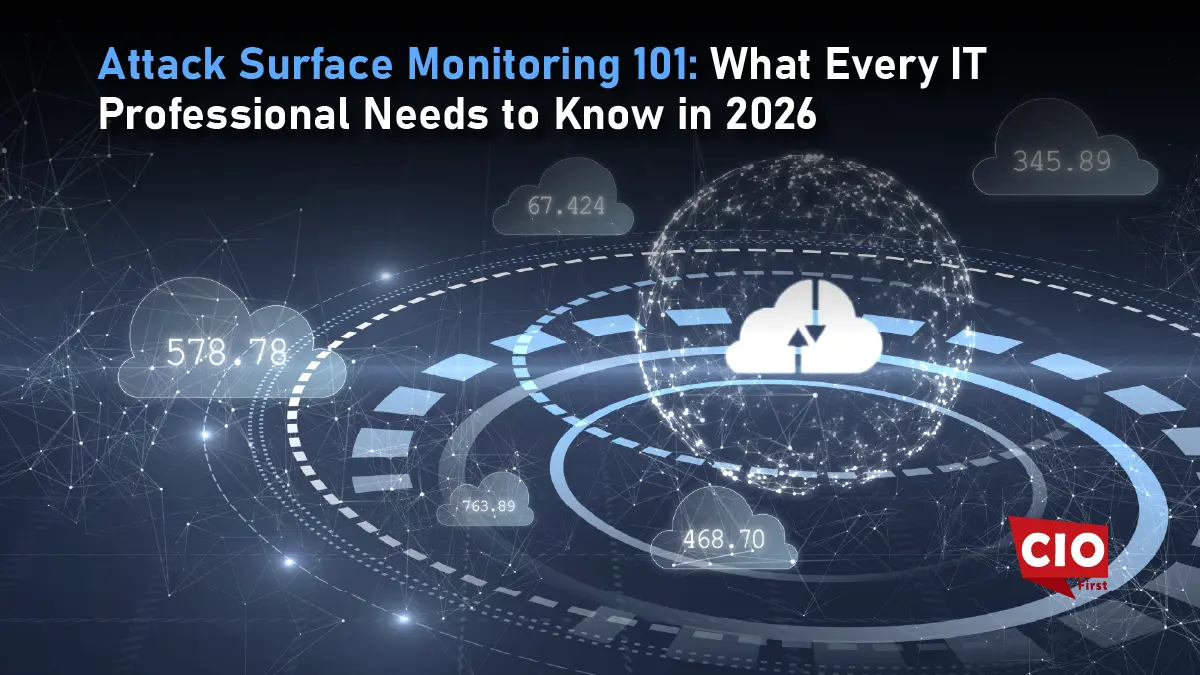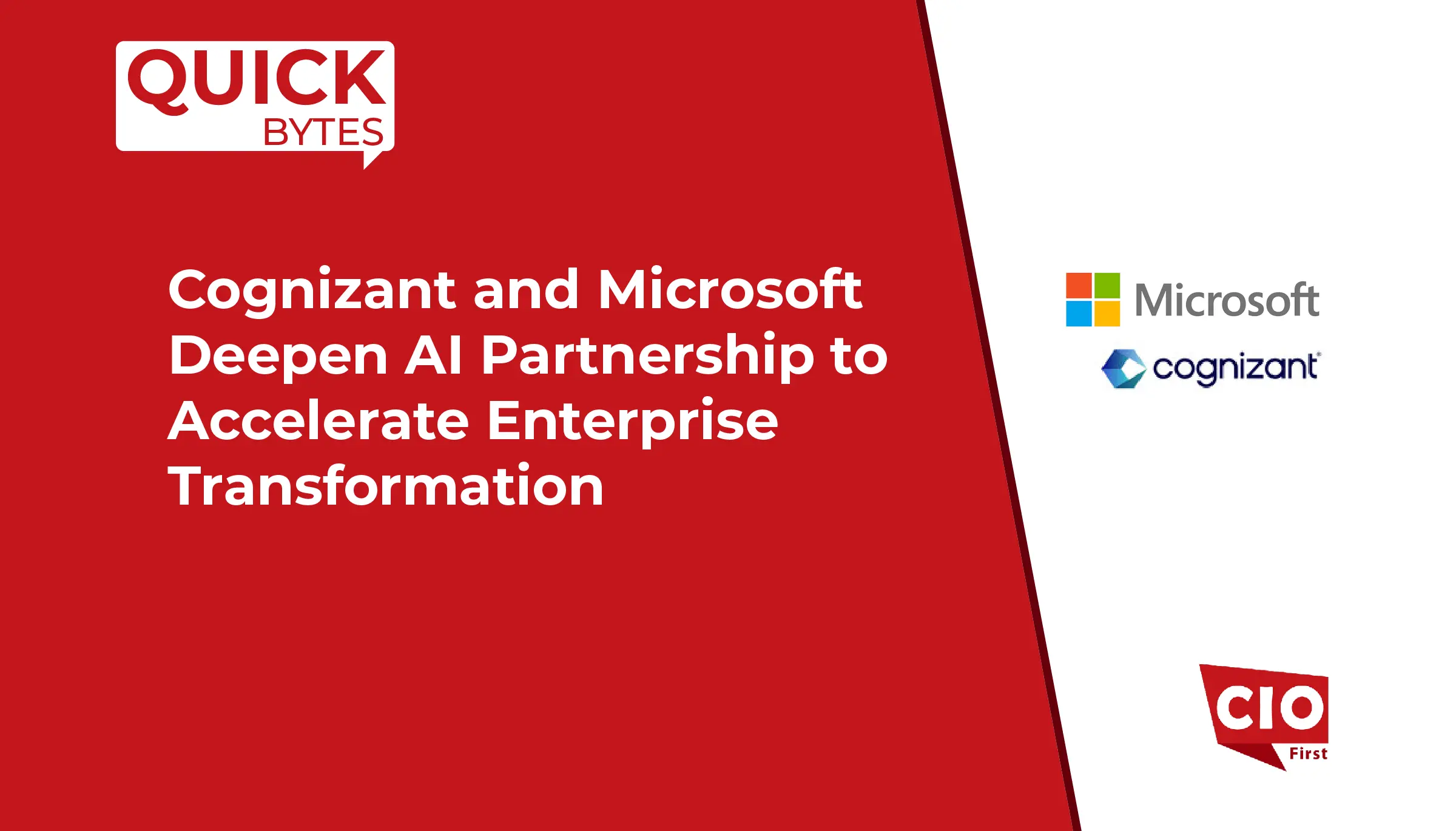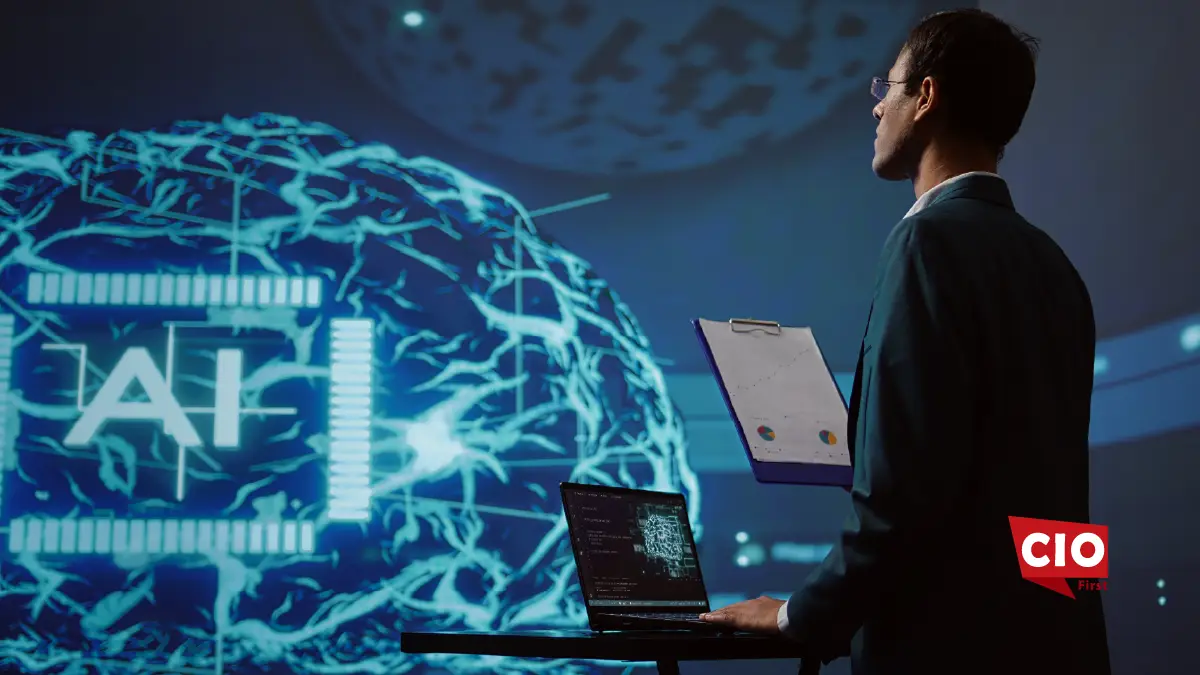Enterprise technology is changing fast. Agility is key to staying competitive today. Traditional static systems supported business operations. Now, adaptive artificial intelligence (AI) is taking over. These smart systems don’t only stick to set rules. They learn and adapt, making decisions quickly. This helps organizations change direction faster than ever. For CIOs, this is not just a tech trend. It’s a key strategy that changes how businesses work, innovate, and beat their rivals.
The Rise of Adaptive AI
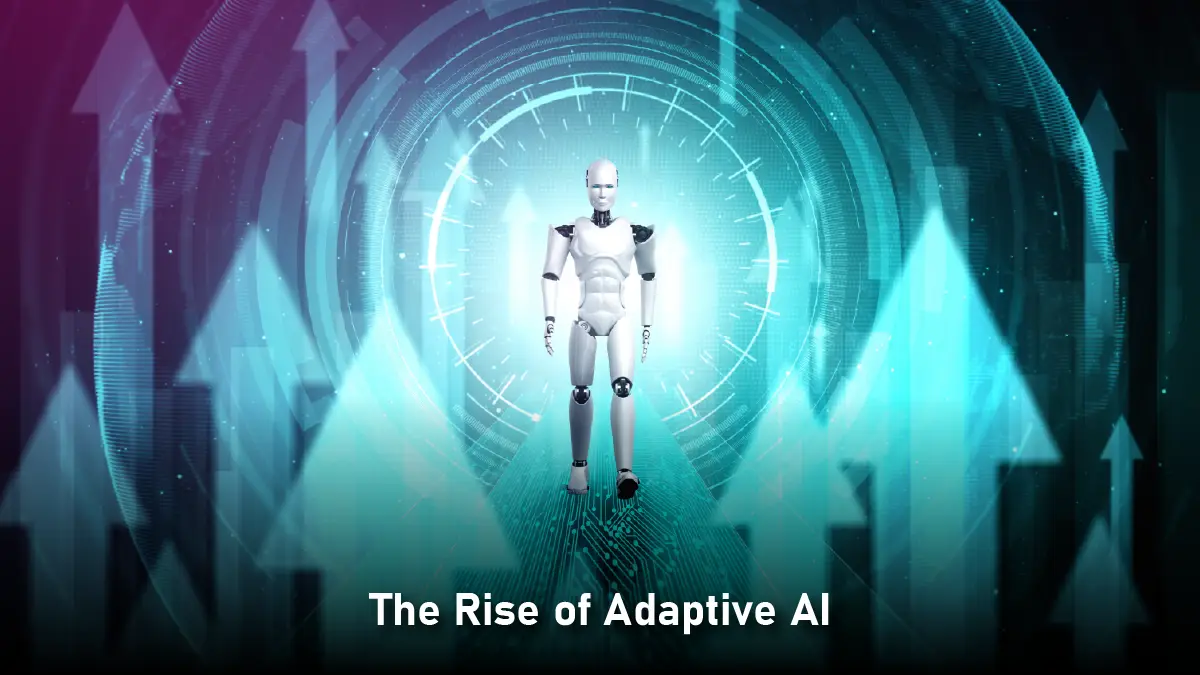
Adaptive AI marks a big change. It moves us from fixed algorithms to systems that can improve themselves. Adaptive systems work differently from traditional AI models. They don’t need manual retraining. Instead, they use continuous feedback loops. They also have contextual awareness and advanced machine learning techniques. This lets them adjust their logic on their own. Picture a supply chain tool that does more than just spot low inventory. It can also reroute shipments automatically. It considers weather issues, supplier delays, and changing consumer demand. Best of all, it does this without needing any human help.
This change has three main reasons:
- Data is growing fast. About 42% of large organizations have deployed AI, and 59% plan to accelerate investment in AI technologies.
- Neural network designs have improved.
- Cloud computing is now easier to access.
They help AI systems process large datasets fast. They find patterns that humans miss and make accurate decisions. For businesses, this means higher efficiency. They can also reduce risks before they grow.
Also Read: 7 Signs Your Enterprise Needs Mainframe Modernization Now
Real-Time Decision-Making is From Reactive to Proactive Operations
One of the most transformative applications of adaptive AI lies in real-time decision-making. Fraud detection in finance used to rely on strict rules to find suspicious transactions. Today, adaptive AI looks at user behavior, transaction context, and global threat data. It helps spot real activity and fraud. This reduces false positives by adjusting to new tricks that cybercriminals use.
In healthcare, adaptive systems are revolutionizing patient care. Smart platforms now watch ICU patients. They adjust treatment plans in real time. They use data from vitals, lab results, and medical histories. This dynamic approach has slashed response times during critical events, directly improving outcomes.
Retail offers another compelling example. Adaptive AI improves shopping. It considers your browsing habits, stock levels, and local events. If a customer pauses at checkout, the system can quickly provide a discount or recommend a related product. This boosts conversion rates without needing manual input.
Operational Efficiency Through Continuous Learning

Adaptive AI thrives in environments where conditions are volatile. Take manufacturing, where equipment failures can halt production lines. Volkswagen reduced factory energy consumption by over 20% using AI for optimization. Traditional predictive maintenance models plan repairs using past data. Adaptive systems, however, look at real-time sensor data, environmental factors, and production schedules. This helps them predict failures before they happen. This reduces downtime and helps machinery last longer by improving maintenance cycles.
In logistics, adaptive routing algorithms have transformed last-mile delivery. These systems use live traffic updates, weather patterns, and driver availability. They reroute fleets on the go. This helps cut fuel costs and shorten delivery times. Companies using these tools see big gains in customer satisfaction. Packages arrive faster and have fewer mistakes.
Customer service is another area ripe for disruption. Adaptive AI chatbots now solve complex questions. They learn from past chats, analyze sentiment, and even understand tone of voice. These systems are different from scripted bots. They change their responses based on the situation. They only involve human agents for serious issues. This makes support easier and helps reduce costs.
Risk Management Includes Turning Uncertainty into Advantage
In today’s unpredictable global economy, adaptive AI is becoming a key tool for managing risks. Energy companies use smart systems to predict demand changes. These changes can happen due to geopolitical events or climate issues. These tools simulate many scenarios. They recommend the best pricing strategies and inventory changes. This helps protect profit margins.
Cybersecurity teams are also embracing adaptive AI to combat evolving threats. Legacy systems can’t handle advanced attacks well. In contrast, adaptive platforms analyze network traffic in real time. They spot anomalies and neutralize threats before they can breach defenses. This proactive stance is vital as ransomware and phishing schemes grow more advanced.
Even regulatory compliance, often a manual and error-prone process, benefits from adaptive AI. Financial institutions deploy these systems to monitor transactions for anti-money laundering (AML) violations. The AI learns from regulatory updates and past cases. This helps it adjust detection criteria. As a result, it ensures compliance and cuts down on false alerts that waste resources.
The Strategic Imperative for CIOs
For CIOs, adding adaptive AI goes beyond just tech upgrades. It’s about rethinking business models. Success hinges on aligning AI initiatives with overarching strategic goals. Identify pain points where real-time adaptability can bring big benefits. Focus on areas like supply chain resilience, customer experience, and innovation cycles.
Collaboration across departments is equally critical. Adaptive AI becomes more valuable when data silos are removed. This allows systems to gain insights from many different sources. Teaming up with cybersecurity experts keeps these connected systems safe. If not managed well, adaptive AI can create new vulnerabilities due to its complexity.
Ethical considerations must also take center stage. As adaptive AI makes autonomous decisions, transparency becomes non-negotiable. CIOs should push for explainable AI frameworks. These frameworks help clarify how decisions are made. This is especially important in regulated fields like healthcare and finance. Strong data governance policies are key. They help keep privacy and compliance in check. This is important as systems constantly learn from sensitive information.
Navigating Implementation Challenges
Despite its promise, deploying adaptive AI presents hurdles. Old infrastructure often lacks the power to integrate data for real-time learning. Modernizing IT ecosystems; through cloud migration or edge computing; is frequently a prerequisite.
Talent gaps also loom large. Adaptive AI needs teams with skills in machine learning, data engineering, and ethics. This mix is hard to find. Smart organizations are tackling this issue by training their current staff. They are also teaming up with schools to build strong talent pipelines.
Cultural resistance can’t be overlooked. Employees may distrust AI-driven decisions, especially when outcomes impact workflows. CIOs should build a collaborative culture. They must see adaptive AI as a tool that enhances human skills, not as a replacement. Pilot programs that deliver quick wins, such as lower costs or faster decisions, can gain support throughout the organization.
The Future of Adaptive AI is Beyond Efficiency
Looking ahead, adaptive AI’s potential extends far beyond operational tweaks. Think of marketing campaigns that change in real time based on what consumers feel. Also, imagine R&D teams using AI to quickly simulate and test product designs. Adaptive systems in agriculture can improve irrigation and planting schedules. They do this by analyzing soil conditions and climate forecasts. This technology could change food production for the better.
The blend of adaptive AI with new tech, like quantum computing and 5G, will boost its influence even more. Faster data processing and lower latency will support advanced real-time applications. This includes things like self-driving city transport and AI tools for drug discovery.
Leading the Adaptive Revolution
Adaptive AI isn’t a distant future; it’s here, reshaping industries in real time. CIOs face the challenge of using its power. They must also deal with technical, ethical, and cultural issues. Successful organizations will be agile. They turn challenges into chances and set new standards for innovation.
The path forward requires bold leadership. CIOs can make adaptive AI a key part of their digital strategy. This helps their companies not only survive disruption but also shape it. The question isn’t if we should adopt intelligent systems. It’s about how quickly we can scale them to create real value. In this new paradigm, adaptability isn’t just an advantage; it’s the ultimate competitive edge.

